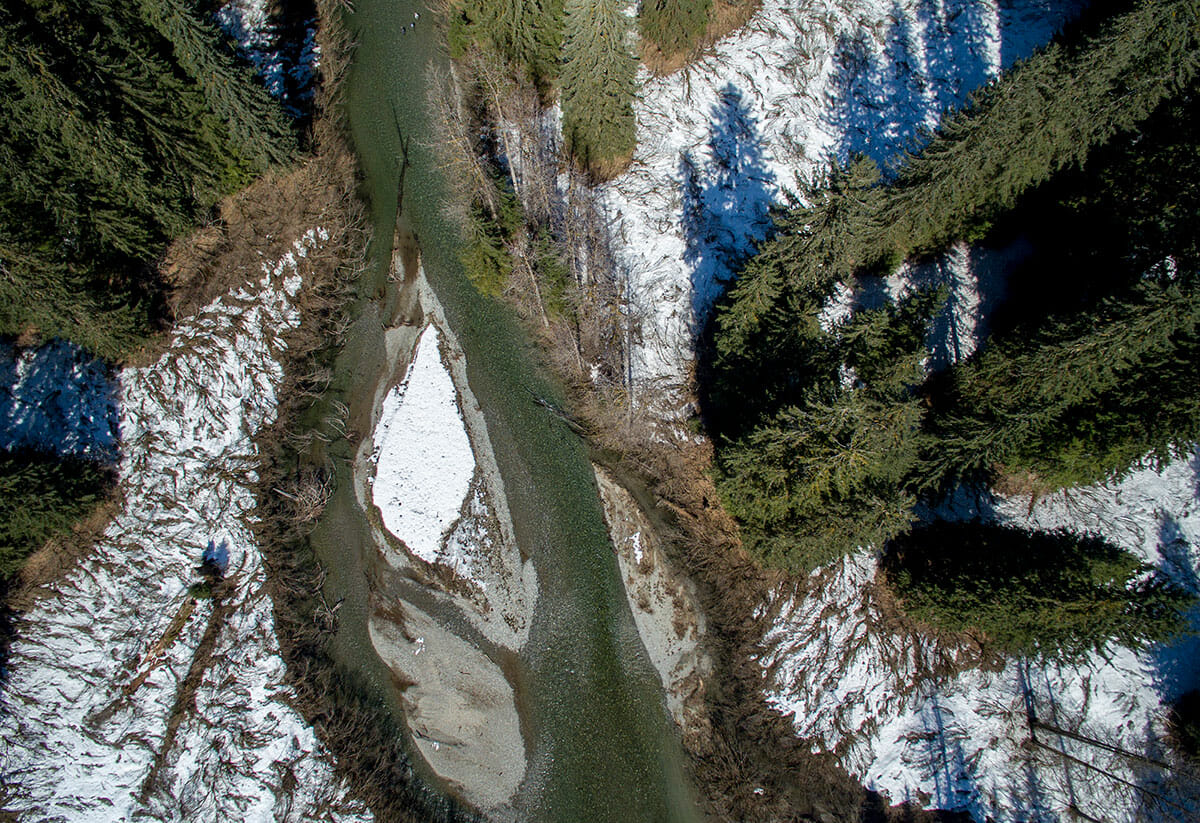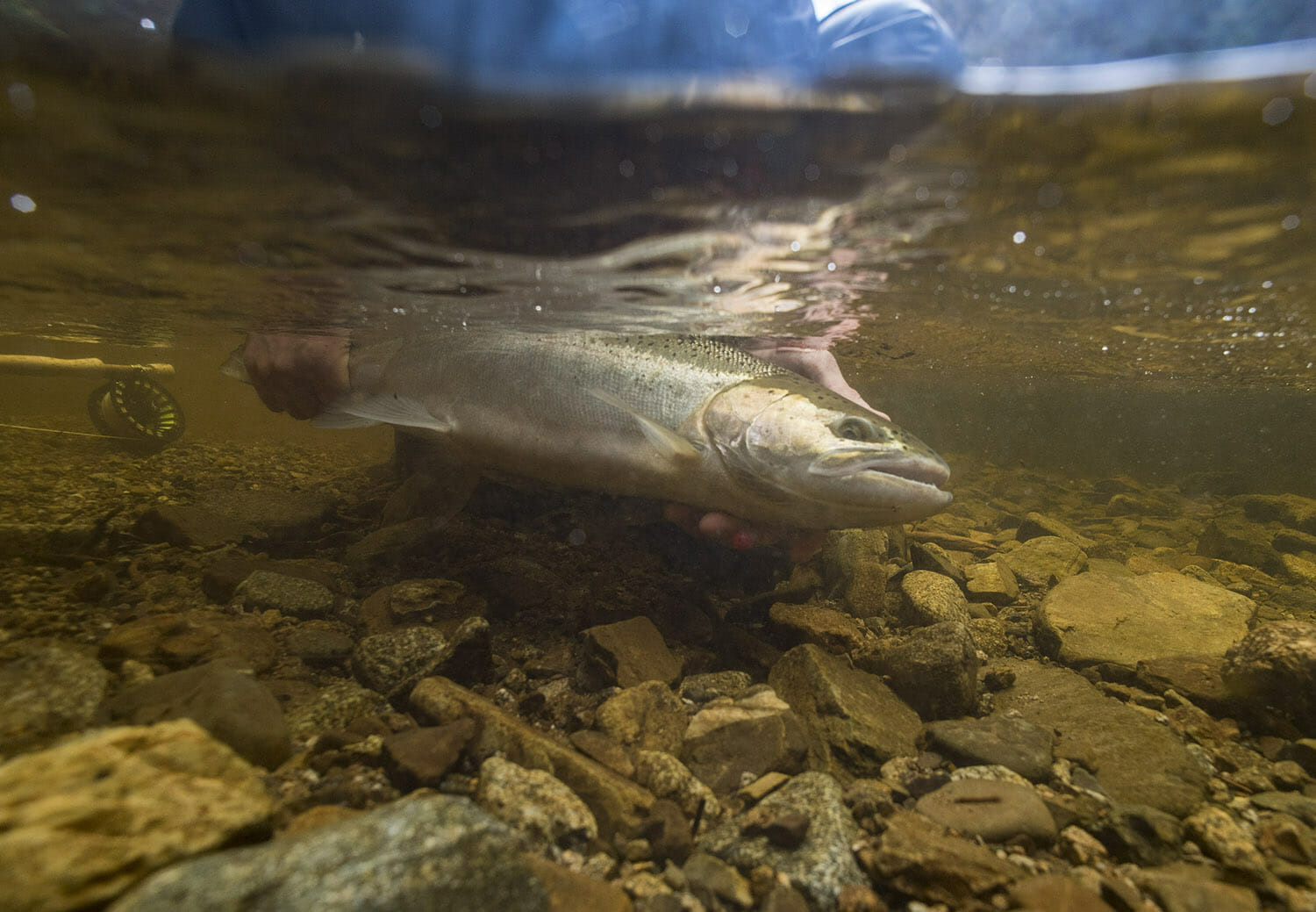By Corey Fisher
What can you do in a roadless area? Just about anything.
What is a roadless area?
Roadless areas, or Inventoried Roadless Areas, are generally those undeveloped portions of National Forests 5,000 acres or larger that are not designated as Wilderness, but that meet to minimum criteria for for consideration under the Wilderness Act. Most inventoried roadless areas were identified in an extensive national survey completed in 1979, called the Roadless Area Review and Evaluation. Until the 2001 Roadless Area Conservation Rule (see below) was promulgated, there was not a consistent level of protection for these public lands even though they contain some of most intact public lands fish and wildlife habitat left in the country.
There are nearly 58 million acres of roadless areas across 39 states, accounting for only 2% land base of the United States. These unroaded portions of our National Forests provide some of the best fish and wildlife habitat and hunting and angling opportunities for Americans of all walks of life, as well as some of the last strongholds for native trout and salmon.
 What is the Roadless Rule?
What is the Roadless Rule?
The Roadless Area Conservation Rule, or Roadless Rule was promulgated during the Clinton Administration following a robust public process in which 1.6 million public comments – a record at the time – informed the final rule. The new rule provided important protections for 58 million acres of backcountry public lands managed by the Forest Service by generally prohibiting new road construction and commercial logging on these sensitive backcountry lands.
What can you do in a roadless area?
As a public land user, about anything you want within reason. Roadless areas are truly multiple use, open for hunting, fishing, firewood cutting, camping, hiking, mountain biking, horseback riding, livestock grazing, berry picking, OHV riding and snowmobiling consistent with management plans…just to name a few allowed uses. Existing rights for oil and gas development and mining are honored and active management is allowed to improve habitat for threatened, endangered or sensitive species, or to maintain and restore ecosystems, including hazardous fuels thinning and to reduce the risk of uncharacteristic wildfires.
Some roadless areas that are also recommended for wilderness designation might include additional limitations, but in short, the Roadless Rule just says no new road construction. It is designed to keep it like it is and maintain backcountry lands as they are today for future generations to enjoy.
Why are roadless areas important for hunters and anglers?
In a word, habitat. Quality hunting and fishing depends on healthy, intact fish and game habitat, something that roadless areas provide in spades.
In Colorado, 71% of Colorado River Cutthroat Trout habitat is found in roadless areas. In Utah, 80% of roadless backcountry is critical habitat for elk. In Montana, a five-week rifle hunting season is thanks to habitat security provided by backcountry lands. In Wyoming, the headwaters for 2/3 of the state-designated Blue Ribbon streams are in roadless areas. More than 70% of all the remaining trout, steelhead and salmon habitat on Tongass National Forest in Alaska are found within the forest’s roadless areas.
These are the last, best places for fish and wildlife and we must maintain the integrity of America’s roadless areas if we are going to sustain our outdoor traditions.
Do we need new roads to access public lands?
Put simply, no. The Forest Service road network includes over 370,000 miles of roads, enough to circle the Earth nearly fifteen times. That’s a lot of roads out on our public lands. Moreover, the Forest Service currently has a $3 billion backlog on road maintenance. Many of these unmaintained roads are sources of sediment that degrades water quality and compromises healthy habitat for trout and salmon.
We all use roads to access our public lands, but building new roads into backcountry roadless lands is fiscally reckless and would harm hunting and fishing opportunities. We have enough roads. What we don’t have are enough well-maintained roads that are safe for both forest users and our fisheries.
What’s next for roadless areas?
After it was finalized, the Roadless Rule was immediately litigated, sparking a legal saga that spanned the next sixteen years. Ultimately, sportsmen and conservationists prevailed, but threats remain.
Having lost their court challenge, the State of Alaska has petitioned the Forest Service to partially exempt the Tongass National Forest from the Roadless Rule. Likewise, similar efforts are being considered for National Forests in Utah and Wyoming. Congress has also taken up the issue, both for and against, with Senator Cantwell (D-WA) introducing legislation that would preserve current protections for roadless areas while others members of Congress have pursued legislative riders that would exempt Alaska from the Roadless Rule.
We may not know what the future holds for roadless areas, but hunters and anglers have defended these backcountry lands for decades and we’ll stand up for them as long as there remain efforts to unravel protections for our special places.



